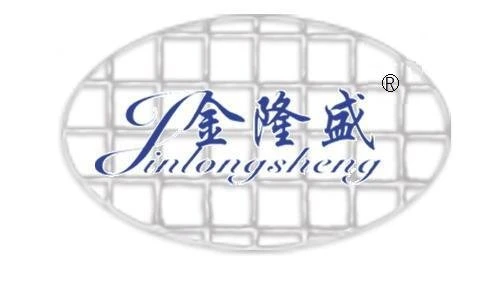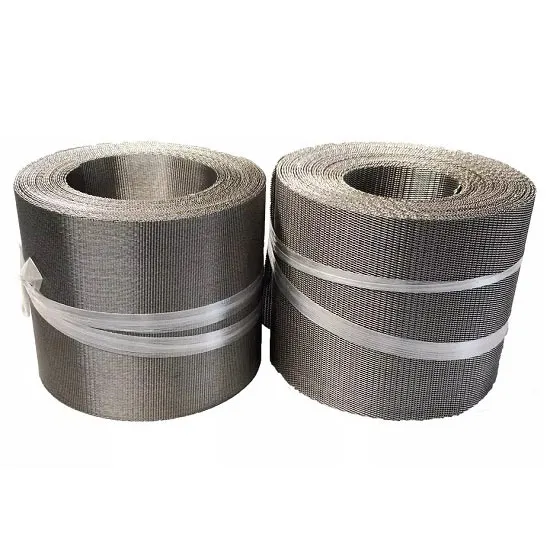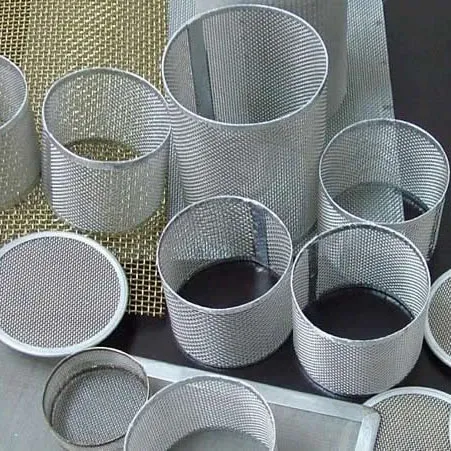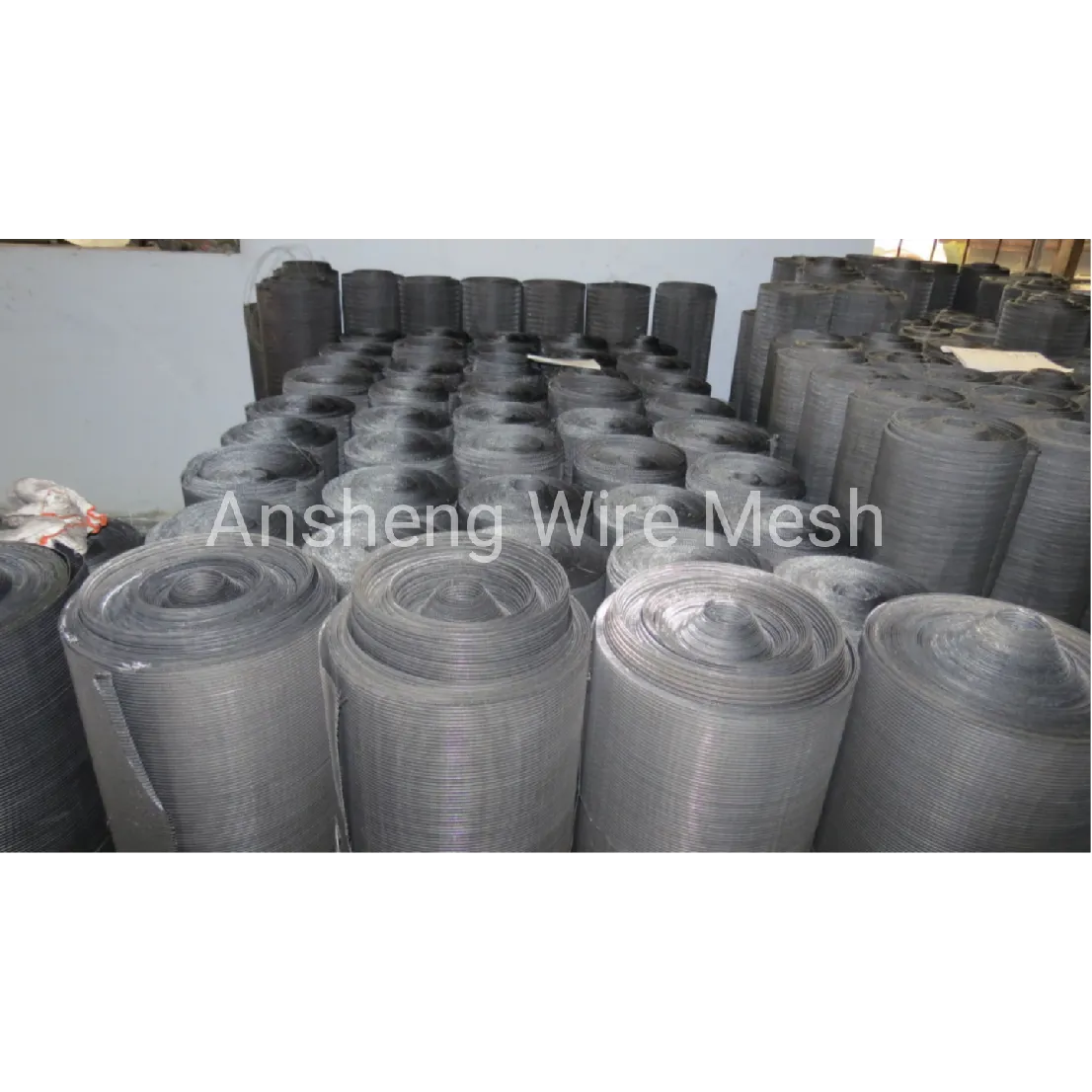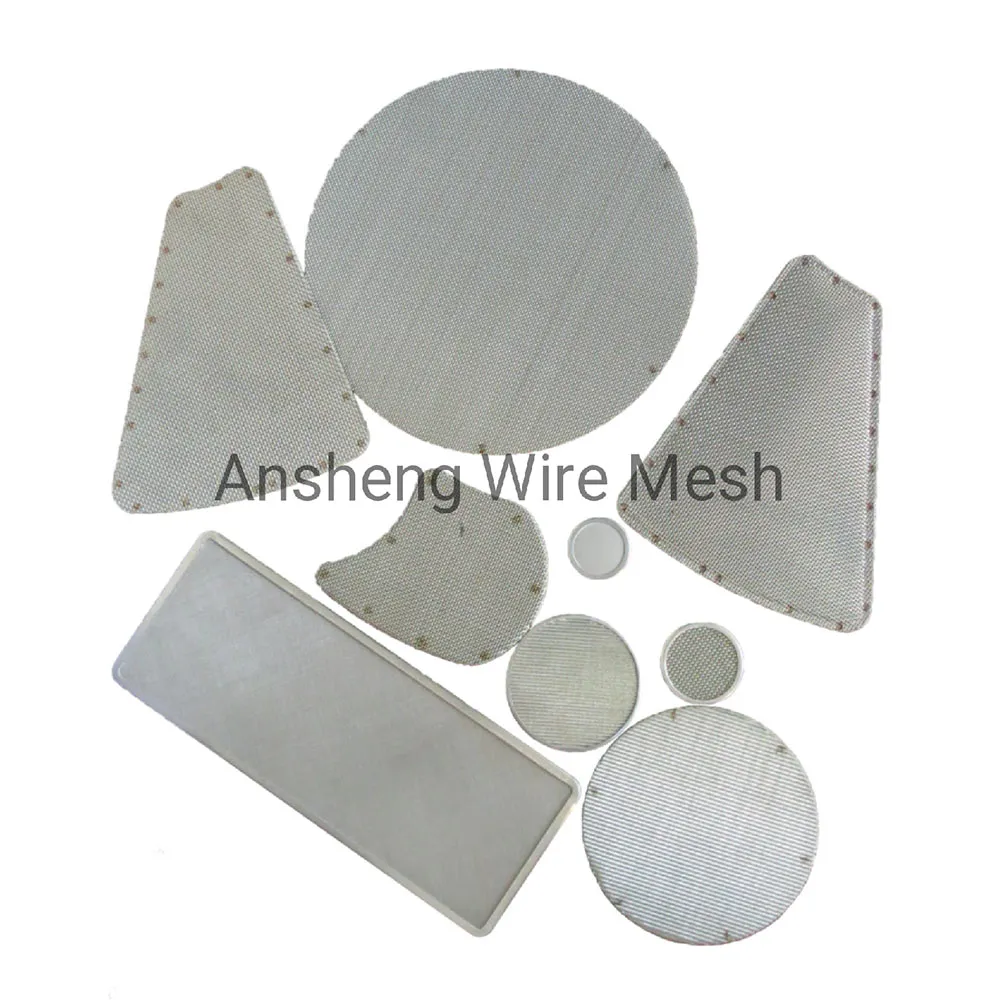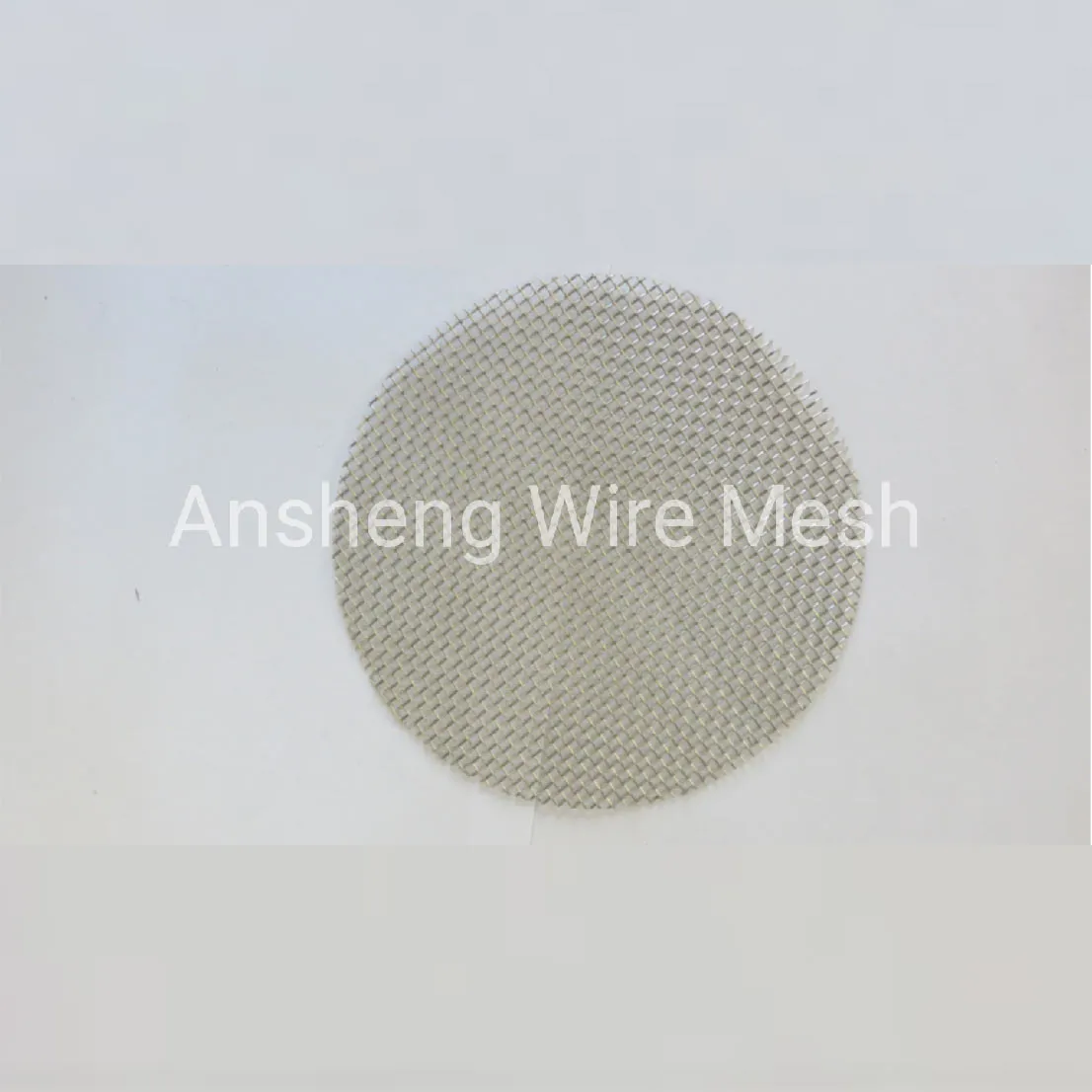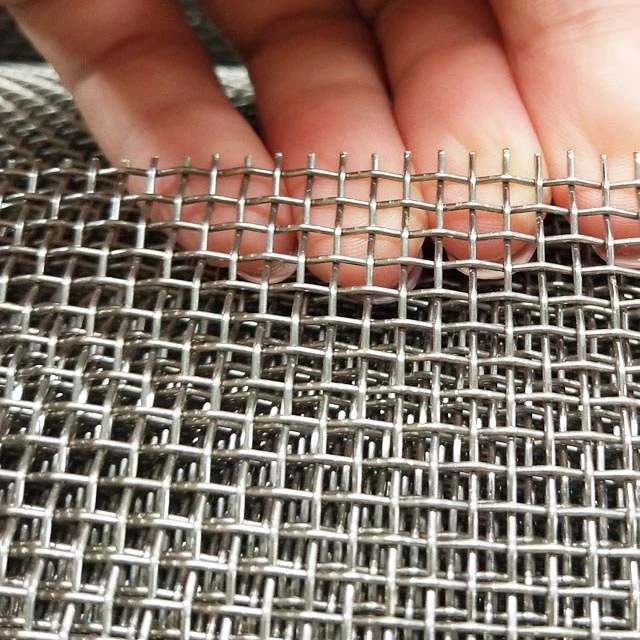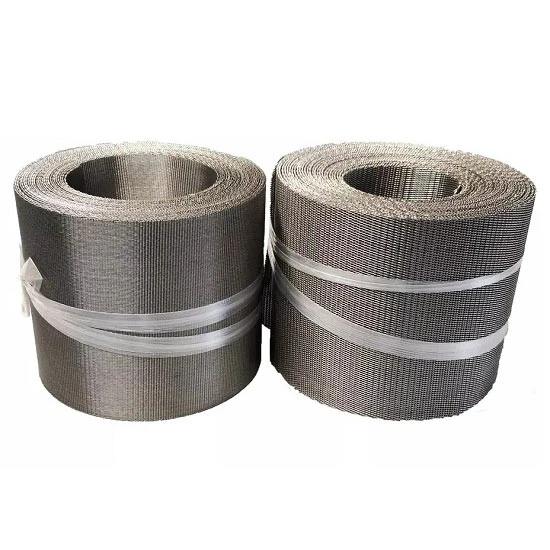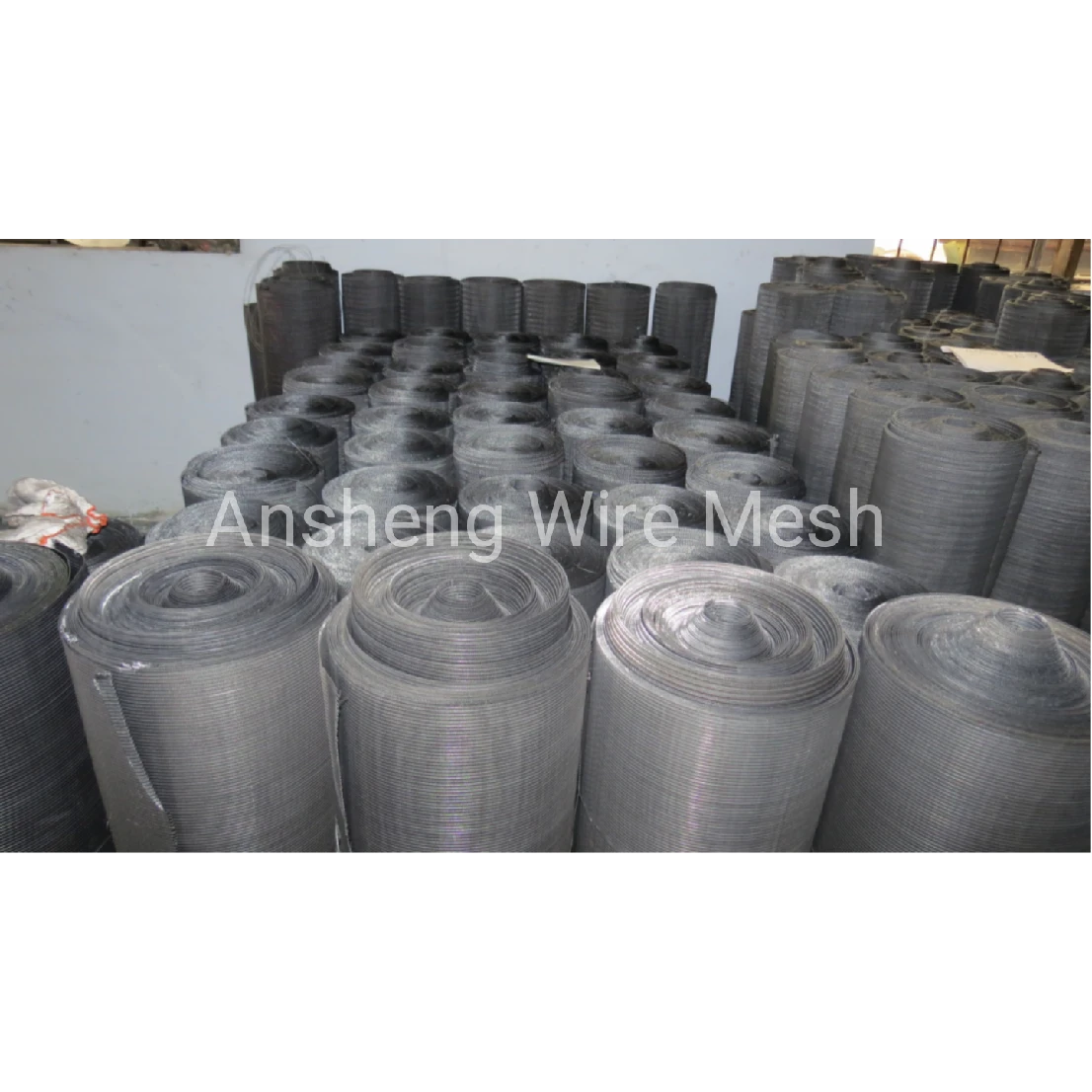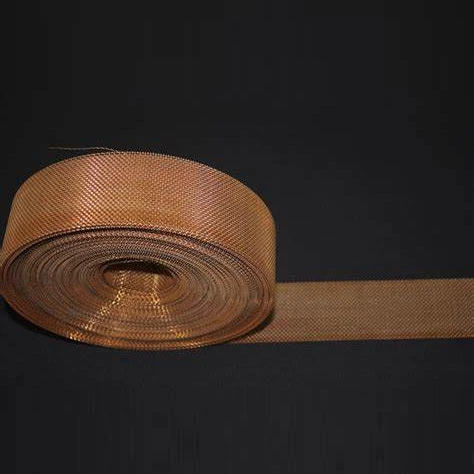Iron Plain Weave Wire Mesh: the practical workhorse mesh filter most plants quietly rely on
If you walk through an asphalt plant, polymer compounding line, or a grain mill, you’ll spot it everywhere—often unnoticed, always essential. This low‑carbon steel cloth (some folks call it black wire cloth) is cost-stable, stiff, and easy to cut or form. And to be honest, in 2025’s price-conscious maintenance budgets, that matters more than ever.
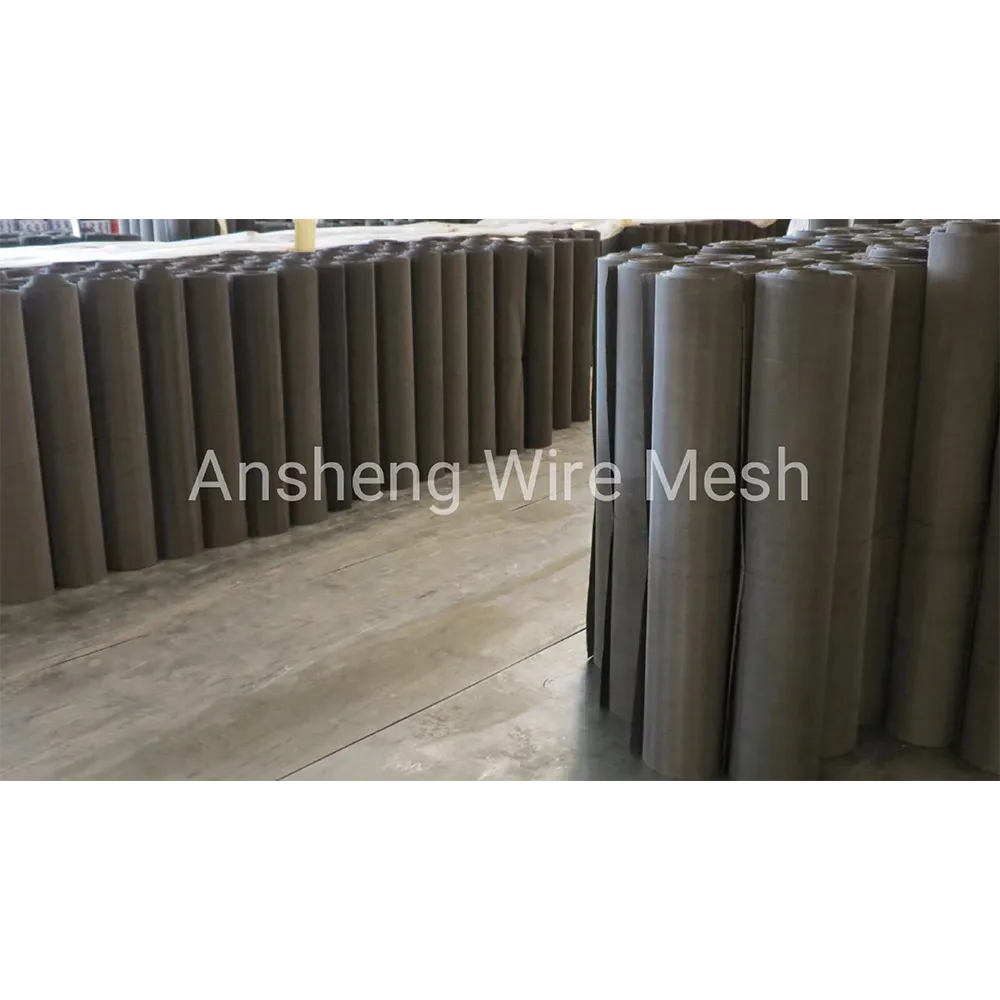
What’s special about this product?
Product: Iron Plain Weave Wire Mesh (Ansheng, Origin: No.346 Xinying East Street, Anping County, Hebei, China). Materials: low‑carbon steel; Weaves: plain, herringbone, dutch; Mesh range: 9–80; Wire dia: 0.13–0.8 mm; Width: ≈0.915–1.3 m (custom on request); Roll length: ≈30 m. In fact, many customers say they choose it over stainless when corrosion isn’t the main enemy—because forming and cost win.
Quick spec snapshot
| Mesh (count/in) | Wire Ø (mm) | Open Area ≈ | Std. Width | Roll Length |
|---|---|---|---|---|
| 10 | 0.8 | ≈51% | 0.915–1.3 m | ≈30 m |
| 20 | 0.4 | ≈36% | 0.915–1.3 m | ≈30 m |
| 60 | 0.18 | ≈30% | 0.915–1.3 m | ≈30 m |
Airflow ΔP test (lab): 20‑mesh/0.4 mm at 0.3 m/s ≈ 22 Pa; real‑world use may vary with load and oiling.
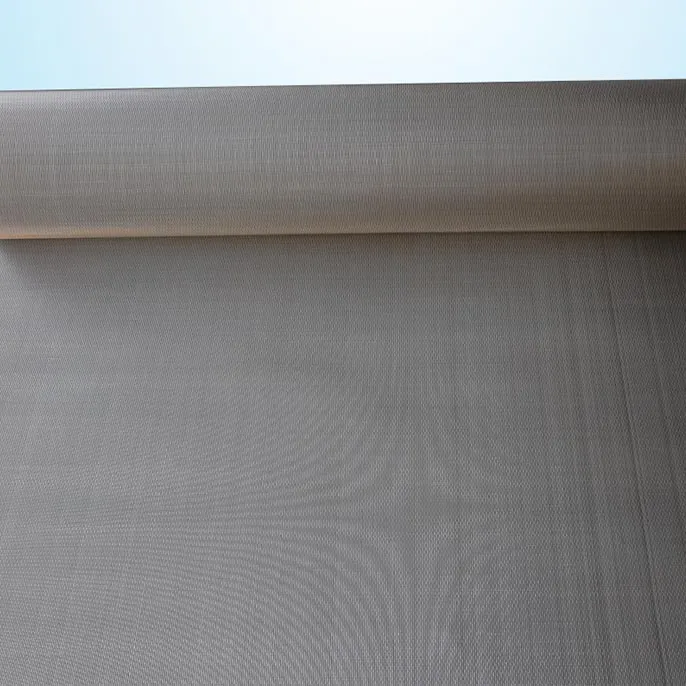
Process flow and QA (short version)
Materials: low‑carbon steel wire (tight tolerance). Methods: plain/herringbone/dutch weaving on shuttle looms; optional black finish, degreasing, or light oil. QC: aperture and wire Ø verified to ISO 9044/ASTM E2016; sample sieve checks to ISO 3310-1. Testing: tensile, edge integrity, flatness, and abrasion cycles. Service life: around 6–24 months in typical pre‑filter or extruder screens (depends on media, cleaning method, and corrosion). Industries: asphalt/bitumen, rubber & plastics, grain milling, mining slurries, HVAC pre‑screens, automotive dampers.
Why choose a low‑carbon steel mesh filter?
- Value: lower unit cost versus stainless for non‑corrosive duties.
- Formability: spot‑welds, frames, and baskets shape nicely.
- Rigidity: holds shape in larger open areas; good for backflushing.
- Magnetic: easy retrieval in process lines (a quiet safety perk).

Customization options
Cut circles/discs, multi‑layer packs, stitched seams, edge trims, epoxy or black coatings, and custom widths beyond 1.3 m (subject to loom limits). Lead time: typically 7–15 days for common 9–80 mesh; rush builds possible, I guess, when wire stock is ready.
Vendor snapshot (realistic, not glossy)
| Vendor | MOQ | Lead Time ≈ | Coatings | Quality System |
|---|---|---|---|---|
| Ansheng (Iron Plain Weave) | 1 roll+ | 7–15 days | Black, oil‑free, epoxy (on request) | ISO 9001 (verify) |
| Vendor B (EU) | 3 rolls+ | 10–20 days | Phosphated, painted | ISO 9001/14001 |
| Vendor C (US) | Cut parts only | 2–4 weeks | Zinc spray, epoxy | ISO 9001 |
Applications and field notes
- Extruder screens (plastics/rubber): 40–60 mesh top layer; backer 20 mesh.
- Asphalt plant intake pre‑filters: 10–20 mesh, oil‑free finish.
- Grain milling sifter guards: 20–40 mesh with hemmed edges.
Customer feedback: “Holds shape after three burn‑offs,” one maintenance lead told me; another said, “Switching from stainless saved 18% annually without clog issues.” Not scientific, but it matches what we see.
Mini case studies
Bitumen plant: Upgraded to 20‑mesh/0.4 mm with black finish; ΔP stayed stable across a 6‑week cycle, service life +30% versus prior spec.
Polymer compounder: Swapped to multi‑layer mesh filter packs (60/40/20). Gel defects dropped visibly; operators liked the faster changeouts.
Standards and compliance
Typical conformance: ISO 9044 for woven wire cloth tolerances; ASTM E2016 for industrial woven wire cloth; sieve spot‑checks to ISO 3310‑1. Ask for certificates of analysis and aperture maps per lot—seriously, it pays off.
Authoritative citations
Post time: Oct . 13, 2025 09:20
